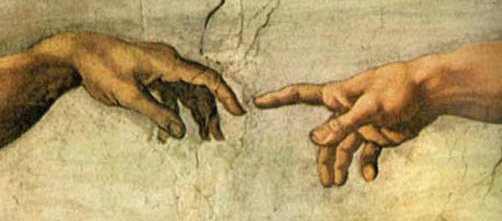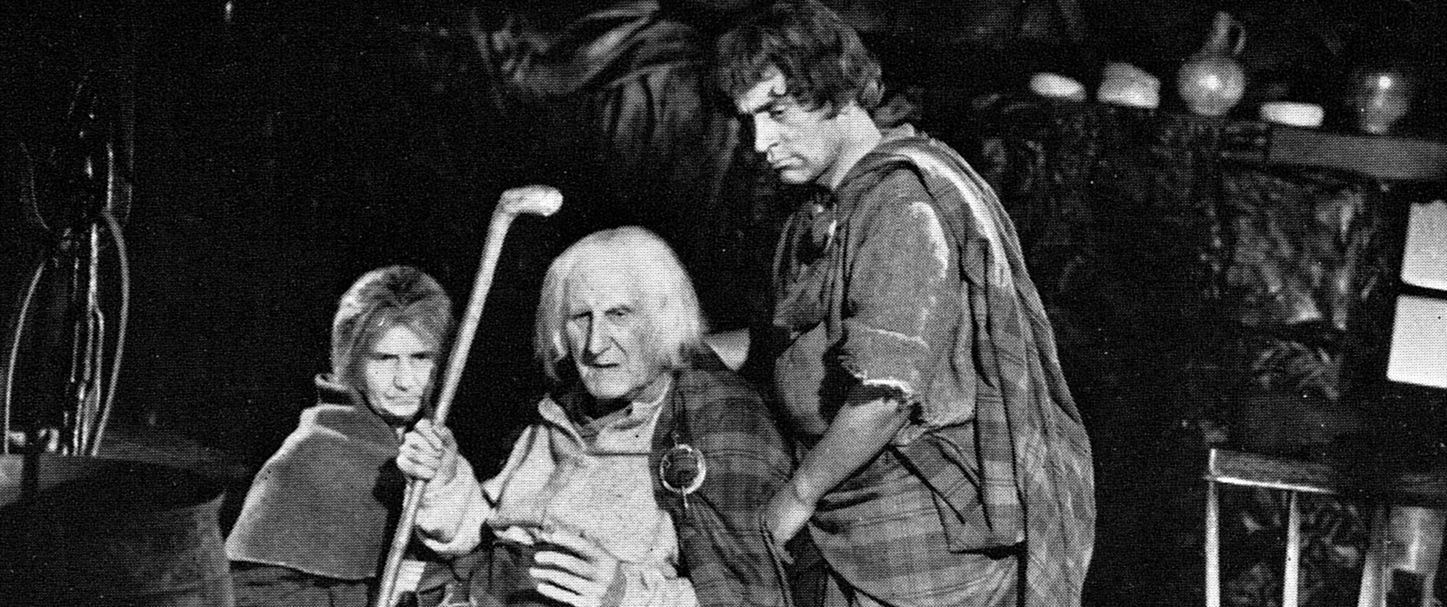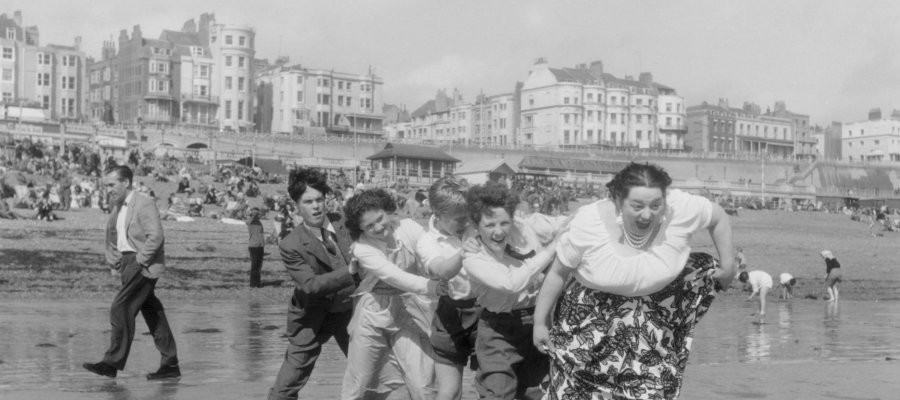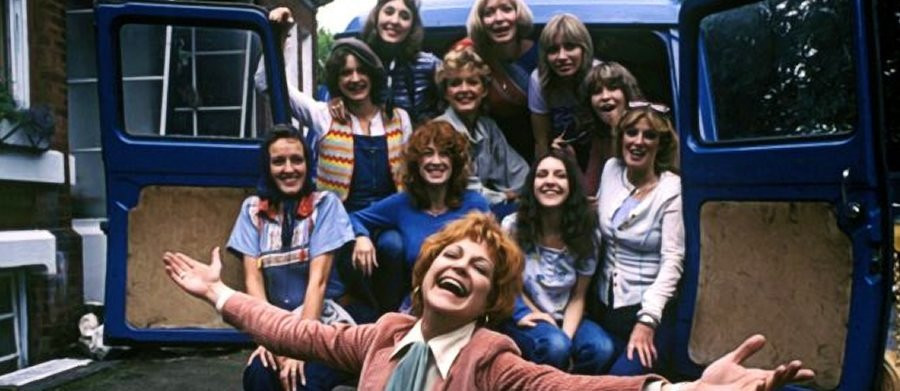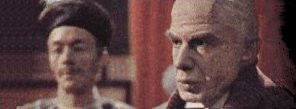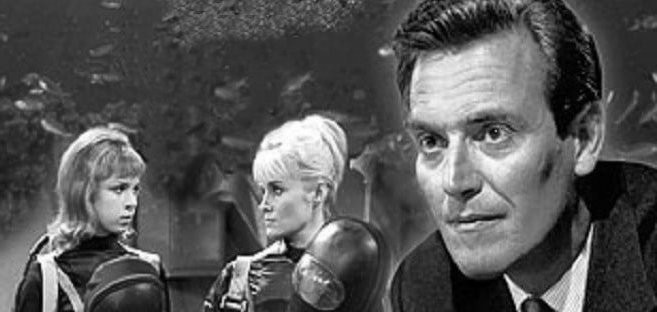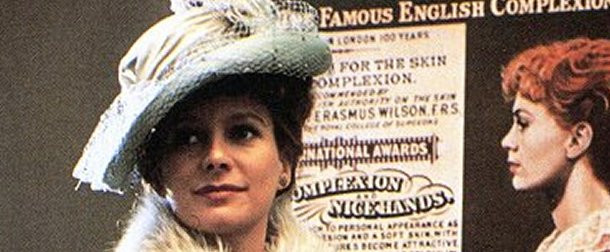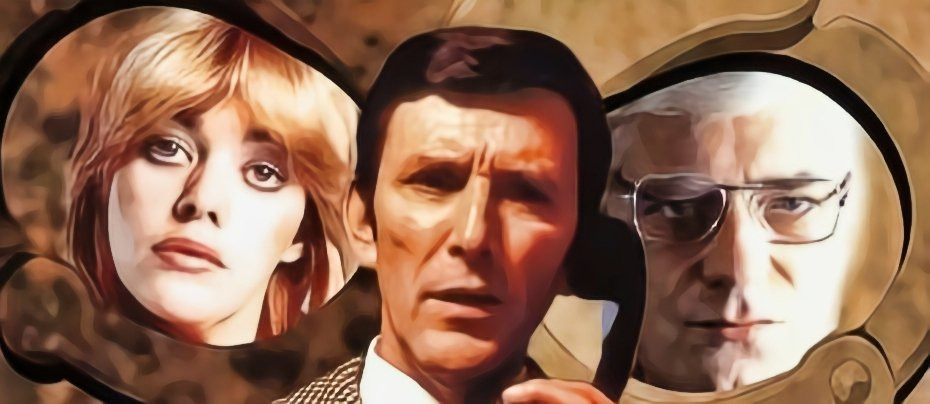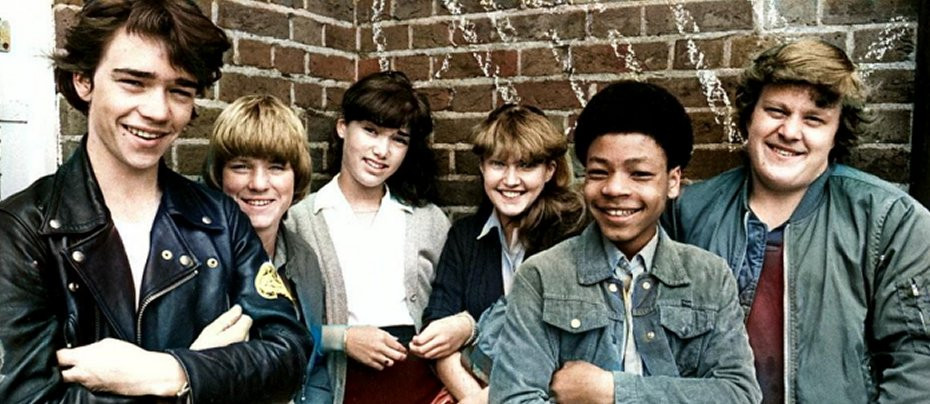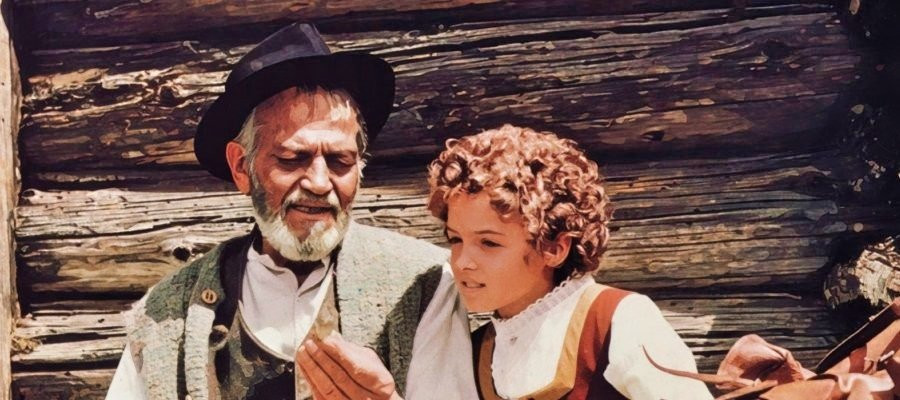
Heidi
1978 - Switzerland GermanyThe 1978 Swiss/German television adaptation of Heidi stands as one of the most faithful and cherished versions of Johanna Spyri’s beloved novel. Co-produced by Intertel Television GmbH, Werbung im Rundfunk GmbH (WiR), and the Schweizerische Radio- und Fernsehgesellschaft (SRG), this 26-episode series brought Spyri’s world to life with authenticity, emotional depth, and an enduring simplicity that continues to charm audiences to this day.
Filmed on location in the stunning Swiss Alps, the series makes full use of its natural backdrop. The towering peaks, flowering meadows, and quaint alpine villages are more than just scenery — they serve as a living, breathing part of the story, a commitment that enhances the pastoral beauty of the production and firmly roots the narrative in its Swiss heritage.
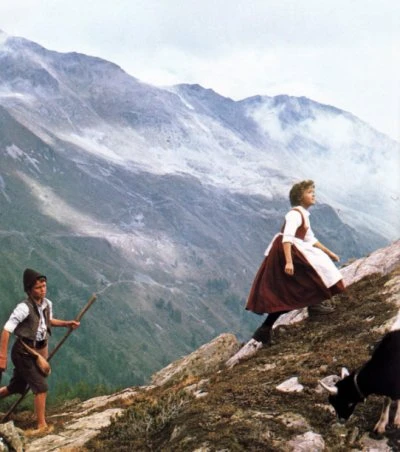
At the heart of the series is young Katia Polletin, who delivers a spirited and endearing performance as Heidi. Her portrayal captures the character’s innocence, resilience, and warmth without descending into sentimentality. René Deltgen, as the gruff Alm-Uncle, gives a powerful performance, balancing sternness with an understated vulnerability. His gradual transformation, guided by Heidi’s unwavering optimism, is one of the series’ most rewarding emotional arcs.
The plot remains faithful to the original novel. After the tragic deaths of her parents, Heidi is left in the care of her Aunt Dete (Rosalind Speirs), who eventually brings her to live with her reclusive grandfather — the Alm-Uncle — in the remote mountain village of Dörfli. Initially resistant, he is soon won over by Heidi’s unpretentious charm and good nature. She quickly adapts to life on the mountain, forging strong bonds with local goatherd Peter (Nicholas Barnes), his kind-hearted mother Brigitte (Gabby Fehling), and his blind grandmother, whom Heidi regularly visits.
The series does not shy away from the emotional weight of its story. The Alm-Uncle’s embittered past — a combination of family disgrace and personal loss — is sensitively handled, adding layers to his character without overwhelming the gentle tone of the narrative. Heidi’s early years on the mountain, full of simple joys and deep human connections, are portrayed with a grace that reflects Spyri’s own reverence for nature and rural life.
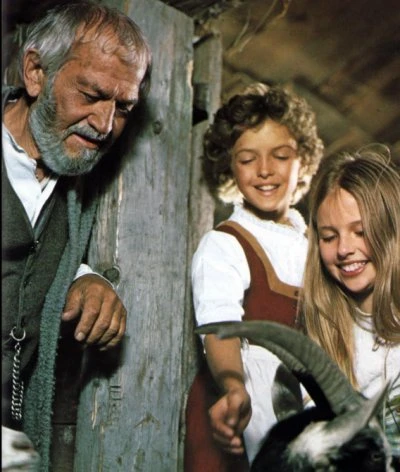
Heidi’s forced relocation to Frankfurt by Aunt Dete marks the emotional and thematic turning point of the series. Sent to be a companion to Clara Sesemann (Katharina Böhm), a wheelchair-bound girl from a wealthy family, Heidi finds herself in a completely foreign world — one of rigid rules, polished manners, and stern discipline, especially from the severe housekeeper Fräulein Rottenmeier (Sonja Sutter). While Clara is quickly enchanted by Heidi’s fresh outlook and stories of mountain life, the same qualities draw scorn from Rottenmeier, whose attempts to suppress Heidi’s free spirit lead to the child falling gravely homesick.
Here, the script excels in balancing innocence with subtle critique. Heidi’s decline in the city is not overly melodramatic but quietly affecting. Her one solace is learning to read and write with the help of Clara’s grandmother, Frau Sesemann (Brigitte Horney), who becomes a guiding figure of affection and faith. When Heidi eventually returns to the mountains, both viewer and character feel a genuine sense of emotional release. She brings back not only gifts and new knowledge but also a deepened sense of purpose and faith that ultimately begins to heal her grandfather’s spiritual wounds.
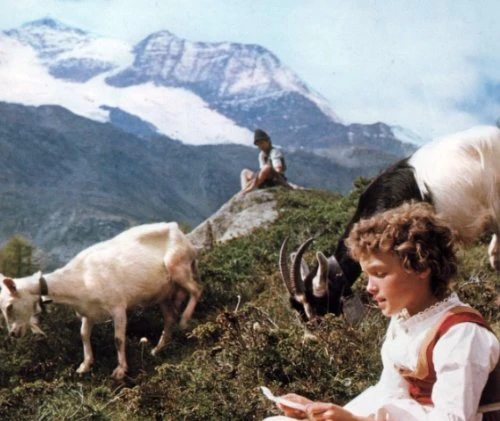
The latter episodes carry the uplifting conclusion that has helped make Heidi an enduring tale. Clara’s visit to the Alps, her growing strength, and the momentous scenes where she learns to walk again — aided by Peter’s misguided yet pivotal actions — are delivered with restraint and grace. The scene where Alm-Uncle accompanies Heidi to church for the first time in years, after hearing her read The Prodigal Son, is especially moving. The themes of redemption, faith, and healing are expressed with gentle sincerity rather than overt religiosity.
The series also benefits from thoughtful scripting by writers (Irene Rodrian, Helmut Kissel and Uta Geiger-Berlet) who clearly understood the heart of Spyri’s work. Unlike many modern reworkings, this Heidi resists the temptation to inject artificial drama or pace. It trusts its source material and embraces its slower rhythm, allowing the emotional beats to unfold naturally.
Of course, Heidi is a story that has seen more than two dozen adaptations across film and television, including the globally successful 1974 Japanese anime series, which remains iconic in many countries. Yet, despite the competition, this 1978 version holds a special place for its fidelity to the text, strong casting, and use of authentic locations.
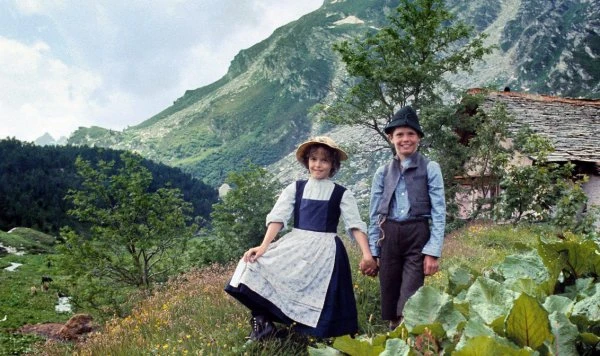
Spyri describes Heidi as having dark, curly hair, as indeed Polletin has here, although the blonde-haired depiction of other productions has become the standard in most visual interpretations. Polletin’s portrayal, by being textually exact, also helps capture the spirit of the character with great sincerity.
The series was dubbed into multiple languages, including English, helping it reach a wide international audience. Unlike the 2001 remake — which featured a female lead in a modernised context — the 1978 version (shown on the BBC under the Tales from Europe banner) has aged gracefully, thanks to its timeless approach and the respectful treatment of its source.
With the episodes still surviving and having been released on DVD, the series remains accessible for new generations of viewers. It is not only a nostalgic delight for those who grew up with it but also an ideal introduction for younger audiences to one of literature’s most enduring heroines.
Seen this show? How do you rate it?
Seen this show? How do you rate it?
Published on May 31st, 2025. Written by Percival Wexley-Smith for Television Heaven.


